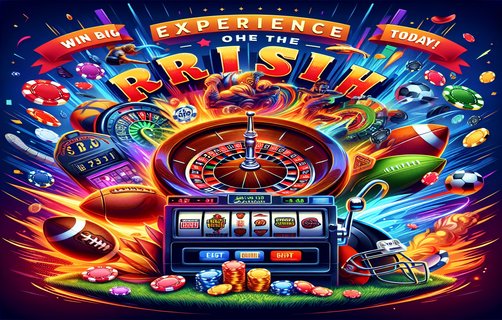The Economic Dynamics of Carrom Chess: An In-Depth Player Experience
In recent years, a fascinating amalgamation of traditional games and modern gambling has emerged in the realm of entertainment. One such innovation is the concept of Carrom chess—a unique blend of the classic board game of chess with elements of carrom, which is a popular tabletop game. This hybrid not only delivers an engaging player experience but also serves as an interesting case study in economic theory, particularly in the context of gambling dynamics, player strategies, and market trends.
Progressive Slot and Player Engagement
At its core, Carrom chess incorporates a progressive slot mechanic reminiscent of conventional slot machines. Players accumulate points and bonuses as they master different levels of the game, engaging in strategic plays against their opponents. The progressive element keeps players motivated and invested, as they vie for a larger jackpot that rises with each game played. From an economic perspective, this enhances the utility experienced by players, as their effort in winning yields increasing rewards. The interplay between risk and reward is pivotal in shaping player behavior, making the game more appealing and encouraging a longer playtime, ultimately benefiting the operators financially as well.
The Importance of Casino Licensing
A key factor in the successful implementation of Carrom chess in a gambling environment is the presence of a solid casino license. A reputable license guarantees that the game will adhere to strict regulations, providing players with a safe and fair gaming environment. This aligns with the economic theory of signaling, where established licenses serve as a signal of quality and trustworthiness. Players are more likely to engage in high-stakes games when they are assured that the rules are enforced and the potential for winning is legitimate. The consequential effect of licensing extends to attracting a larger player base, facilitating a productive ecosystem that feeds on both casual and serious gamblers.

Virtual Sports Integration
The integration of virtual sports into Carrom chess further enhances the gaming experience. Players can choose to engage in matches that simulate real-world or fantasy sports scenarios, allowing for diverse betting options. This move is rooted in the economic principle of diversification, which correlates directly with risk management. By offering multiple ways to place bets, the game accommodates varying mindsets, from high-risk enthusiasts to conservative strategists. Furthermore, it opens additional revenue streams for operators, thus benefiting the overall economy of the gaming industry.
Full House Strategies and Game Dynamics
From a strategic angle, players often adopt full house strategies. This theory suggests that having multiple options or diversifying placements is fundamental in maximizing returns. In Carrom chess, players learn to balance aggressive plays with calculated defensive moves. This dynamic not only enriches the player experience but also aligns with game theory, where strategic interactions among players lead to outcomes that vary based on the choices made by each participant.
Underdog Betting and Market Behavior
Another fascinating element is the underdog betting phenomenon. Players are often drawn to betting on the perceived weaker player in a match, which can yield significant payouts if successful. This reflects behaviors seen in financial markets where investors look for undervalued securities. The excitement and potential for high returns make underdog bets appealing, and this creates a unique microeconomic environment where player behavior can shift dramatically based on the match-up dynamics.
Gambling Celebrity Endorsements and Market Influence
Marketing for Carrom chess is also influenced by gambling celebrity endorsements. Influencers and well-known figures in the gaming community lend their credibility to the game, affecting public perception and attracting more players. This is rooted in the economic concept of network effects, where the value of a product increases as more players adopt it. Here, endorsements create additional demand, pushing the game into mainstream visibility.
Mobile Gaming Apps: The Future Frontier

With the rise of mobile gaming apps, Carrom chess is rapidly accessible, allowing players from various backgrounds to engage with the game at their convenience. The distribution model aligns with the principles of economies of scale, which promote lower costs as user volumes increase. This transition to mobile platforms represents a significant shift in consumer behavior and demands an analysis of how traditional economic structures adapt to burgeoning technology.
In conclusion, Carrom chess is not merely a game; it is an economic ecosystem rife with opportunities for analysis. By understanding the intricate relationships between game mechanics, player behavior, and market dynamics, stakeholders can make informed decisions to optimize both player satisfaction and profitability in this evolving landscape.
